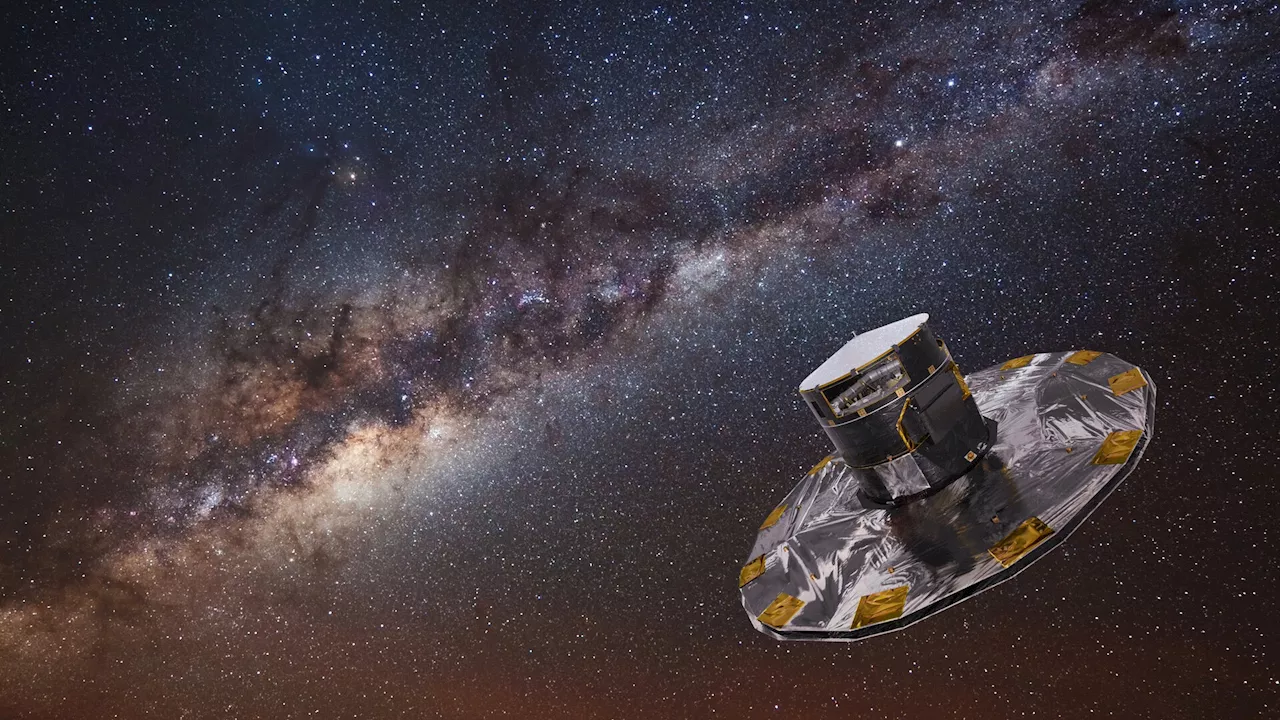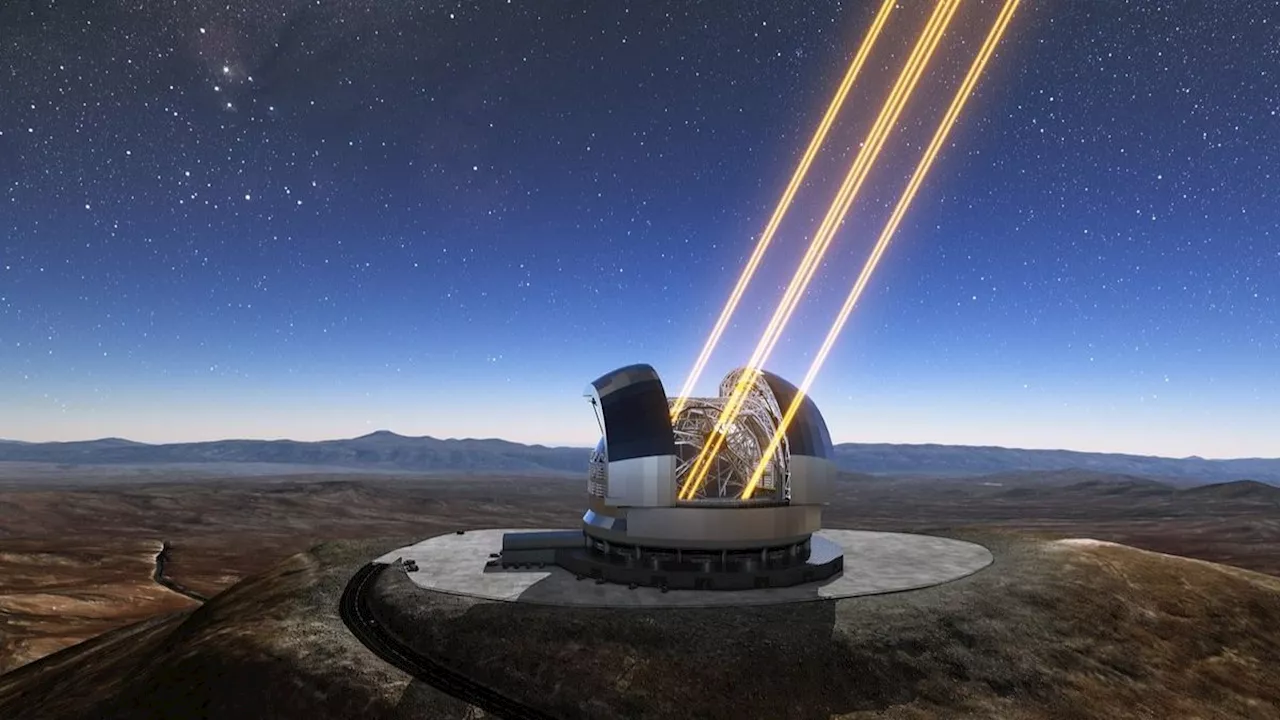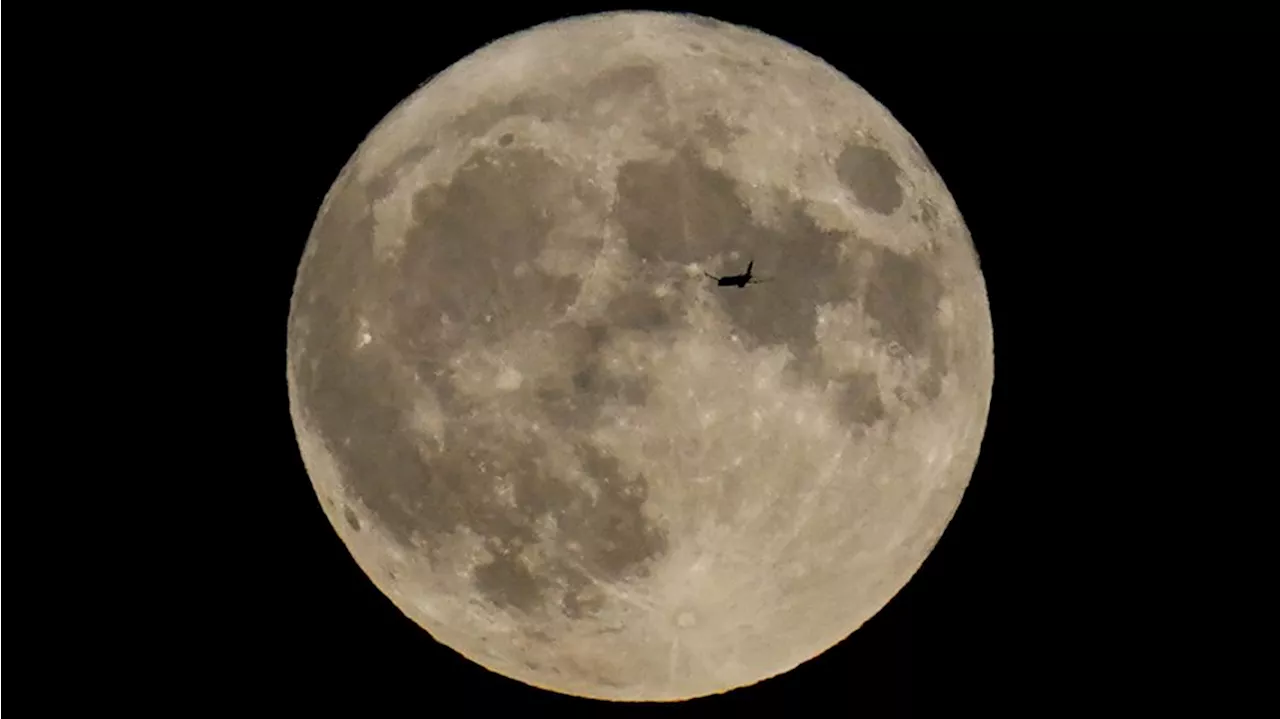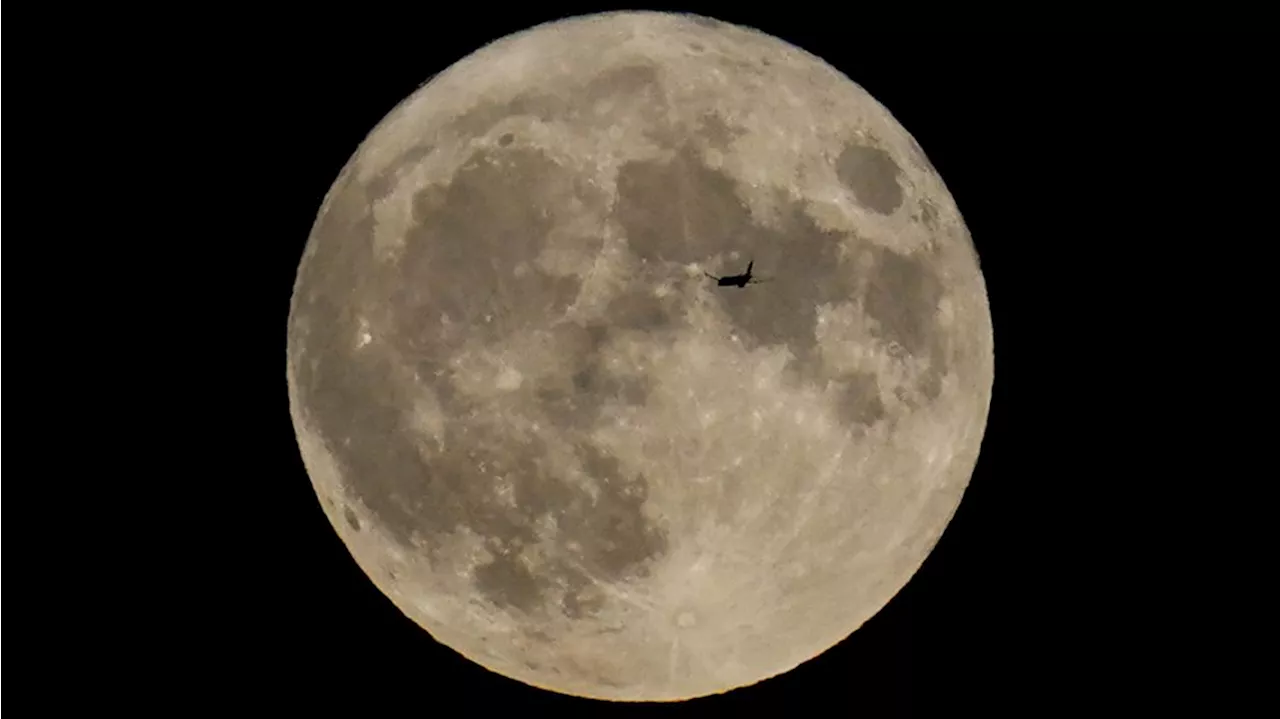Science and Technology News and Videos
The European Space Agency's Gaia mission spotted hundreds of potential moons, orbiting around more than 350 previously unknown asteroids lurking within the solar system.
These "binary asteroids" — two space rocks orbiting a common center of rotation — could have considerable implications for our understanding of how the solar system initially formed and evolved over billions of years."Binary asteroids are difficult to find as they are mostly so small and far away from us," said lead author and Observatoire de la Côte d’Azur postdoctoral researcher Luana Liberato in a.
"But this discovery shows that there are many asteroid moons out there just waiting to be found," she added.Scientists believe that asteroids are made up of the material that once formed the Sun and planets in our solar system over 4.6 billion years ago, a highly valuable glimpse into our distant past. Binary asteroids, in particular, are even more intriguing to scientists, offering up clues about how space rocks interact and collide with each other.
By analyzing data from the ESA's Gaia space telescope, the researchers observed "wobbles" in the orbits of distant asteroids, suggesting the existence of hundreds of tiny moons circling them. Liberato and her colleagues used data from Gaia's Data Release 3, published in 2022. An upcoming data dump dubbed Data Release 4 is slated for 2026.
Excitingly, we could soon get an up-and-close look at a binary asteroid. Later this year, the ESA is hoping to launch its
United Kingdom Latest News, United Kingdom Headlines
Similar News:You can also read news stories similar to this one that we have collected from other news sources.
 Sand grain-sized space rock pierces $800 million Gaia telescope’s shieldThe European Space Agency's (ESA) Gaia telescope is on a mission to map a billion stars in our Milky Way galaxy.
Sand grain-sized space rock pierces $800 million Gaia telescope’s shieldThe European Space Agency's (ESA) Gaia telescope is on a mission to map a billion stars in our Milky Way galaxy.
Read more »
 Over 350 asteroids have hidden moons, Gaia space telescope findsRobert Lea is a science journalist in the U.K. whose articles have been published in Physics World, New Scientist, Astronomy Magazine, All About Space, Newsweek and ZME Science. He also writes about science communication for Elsevier and the European Journal of Physics. Rob holds a bachelor of science degree in physics and astronomy from the U.K.
Over 350 asteroids have hidden moons, Gaia space telescope findsRobert Lea is a science journalist in the U.K. whose articles have been published in Physics World, New Scientist, Astronomy Magazine, All About Space, Newsweek and ZME Science. He also writes about science communication for Elsevier and the European Journal of Physics. Rob holds a bachelor of science degree in physics and astronomy from the U.K.
Read more »
 Gaia spots possible moons around hundreds of asteroidsESA's star-surveying Gaia mission has again proven to be a formidable asteroid explorer, spotting potential moons around more than 350 asteroids not known to have a companion.
Gaia spots possible moons around hundreds of asteroidsESA's star-surveying Gaia mission has again proven to be a formidable asteroid explorer, spotting potential moons around more than 350 asteroids not known to have a companion.
Read more »
 The Extremely Large Telescope: Facts about the world's largest telescopeKeith Cooper is a freelance science journalist and editor in the United Kingdom, and has a degree in physics and astrophysics from the University of Manchester.
The Extremely Large Telescope: Facts about the world's largest telescopeKeith Cooper is a freelance science journalist and editor in the United Kingdom, and has a degree in physics and astrophysics from the University of Manchester.
Read more »
 Scientists have confirmed a cave on the moon that could be used to shelter future explorersNASA's James Webb Space Telescope is the world's largest and most powerful space telescope.
Scientists have confirmed a cave on the moon that could be used to shelter future explorersNASA's James Webb Space Telescope is the world's largest and most powerful space telescope.
Read more »
 Scientists have confirmed a cave on the moon that could be used to shelter future explorersNASA's James Webb Space Telescope is the world's largest and most powerful space telescope.
Scientists have confirmed a cave on the moon that could be used to shelter future explorersNASA's James Webb Space Telescope is the world's largest and most powerful space telescope.
Read more »
